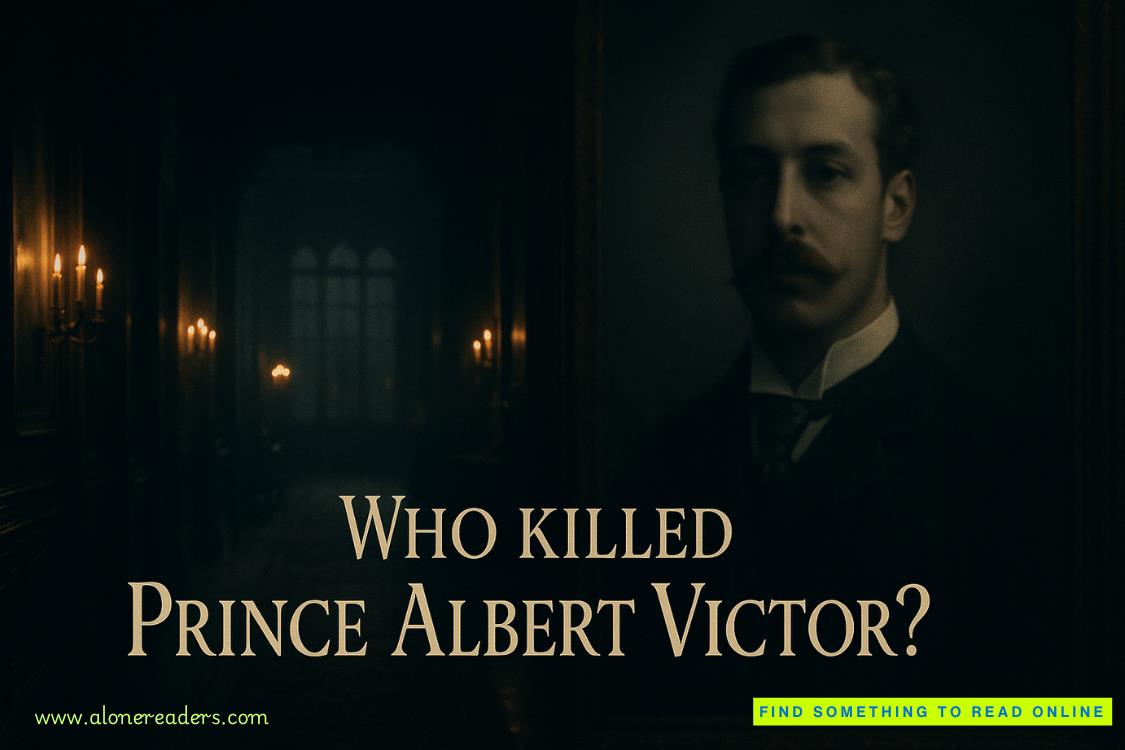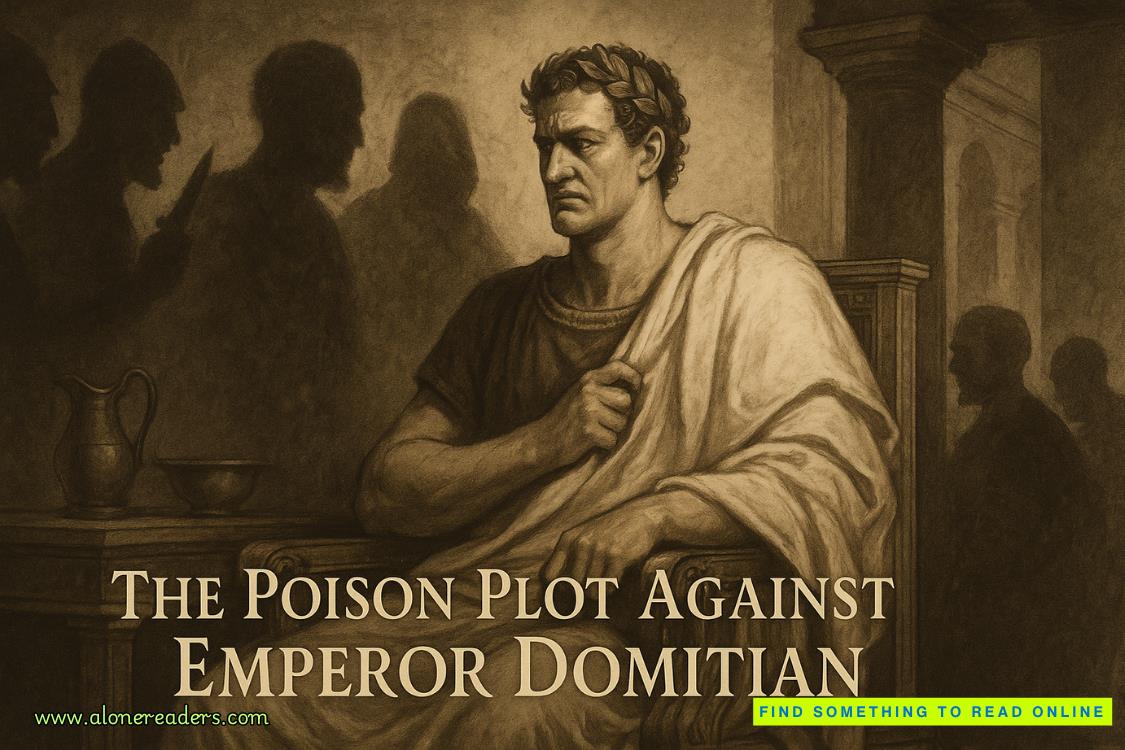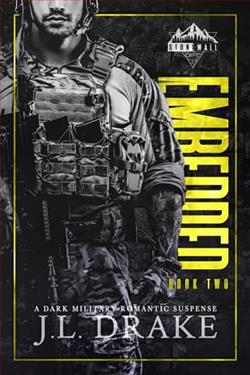Page 138 of Resurrection Walk
Queally reported that Sanger was a member of a sheriff’s clique called Los Cucos and that investigators of her murder had found connections between her and a Mexican cartel that had compromised her and forced her to do its bidding, which may have included a series of contract killings of cartel rivals in California. The story also detailed the Roberto Sanz case from his murder to his ex-wife’s current bid to be exonerated. TheTimesreport was the first to reveal that Sanger had been testifying in that habeas case just minutes before she was killed outside the courthouse.
Unnamed sources told the newspaper that the working theory of the investigation was that Sanger had been killed to prevent her from testifying further and being pushed to cooperate with authorities.
I had talked to Queally off the record, telling him both what I knew as fact and what I believed. Without naming Agent MacIsaac, I reported what MacIsaac had told me at my house earlier in the week: that on the day of his murder, Roberto Sanz had informed the FBI agent that Sanger and other deputies in the Cucos were controlled by members of the Sinaloa cartel operating in Los Angeles. I also told Queally my own working theory, based on the fact that she had followed Roberto Sanz and had seen him with the FBI, that Sanger had killed him. The reporter had taken it from there, confirming the facts and ferreting out new ones, and the story was on the front page above the fold of the print edition and was the lead in the newspaper’s digital edition.
When I got to Coelho’s courtroom, Morris was already there waiting. He did not acknowledge me. He sat stone silent at the State’s table, not even responding when I casually said hello to him as well as to the court’s clerk and the stenographer, Milly.
Gian Brown called the judge in chambers to say all parties were present and she told him to send us back to her along with the stenographer. We went silently. Morris looked like he’d experienced a couple of sleepless nights.
The judge’s robe was on a hanger on the back of the door to her chambers. She was dressed in black pants and a white blouse.
“Gentlemen, thank you for coming,” she said. “Let Milly get set up and then I’d like to go on the record in the Sanz matter.”
“Should Lucinda be here?” I asked.
“I don’t think it’s necessary for this meeting,” Coelho said. “But I did tell the marshals to bring her over from MDC for the afternoon session.”
That told me that the case wasn’t over — yet.
We sat silently as the stenographer moved into the corner behind the judge’s desk, sat on a padded stool already there, and poised her fingers over her steno machine.
“Okay, on the record again withSanz versus the State of California,” Coelho said. “Mr. Haller, where are you with the presentation of your case?”
I’d known she would ask this question and was prepared for it.
“Your Honor, in light of what has transpired and the fact that I can’t continue with Sergeant Sanger as a witness, I’m prepared to rest my case and proceed with final arguments. If final arguments are even necessary.”
Coelho nodded, having expected that answer.
“Mr. Morris?” she said.
The prosecutor seemed to sense that the case was on the line. His tone was defensive from the start.
“The State is ready to proceed, Your Honor,” Morris said. “We have witnesses, including a witness who will testify that Lucinda Sanz confessed to her that she killed her husband.”
I smiled and shook my head.
“You can’t be serious,” I said. “Your witness is a little leaky, Hayden. She’s a convicted killer who concocted this confession from newspaper stories she had her brother pull from the library downtown and read to her over the phone.”
I could tell that the brother was new information to Morris and that he was realizing that his team had failed to properly vet the witness.
“One day,” I went on. “That’s all it took to find the brother. I was going to destroy your witness on the stand. But it doesn’t matter now. Have you read the paper today? Sanger was a killer and she killed Roberto Sanz. There is no doubt about that. And my investigator witnessed her murder. She was arguing with a guy she obviously knew — she let him get close enough to grab her gun. Bosch spent an entire night with the cops, the DEA, and everybody else, looking at mug shots. The guy he identified as the shooter is asicariofor the Sinaloa cartel. A hit man!”
Morris shook his head as if to ward off the truth.
“She pleaded no contest,” he said.
He’d gone back to his case mantra: Lucinda pleaded no contest to killing her ex-husband. Innocent people didn’t do that.
“She had no choice,” I said. “That’s what this is about. She got railroaded. She had a bad lawyer, and the key piece of evidence against her was manufactured by Sanger. We were in the middle of proving that when Sanger was put down.”
Morris looked at the judge, ignoring me.
“Judge, we are entitled to present our case,” he said. “He got to present his. Now we present ours.”
“You’re not entitled to anything, Mr. Morris,” Coelho said. “Not in my courtroom. Not until I tell you what you are entitled to.”
“Apologies, Your Honor,” Morris said. “I misspoke. What I meant was —”















